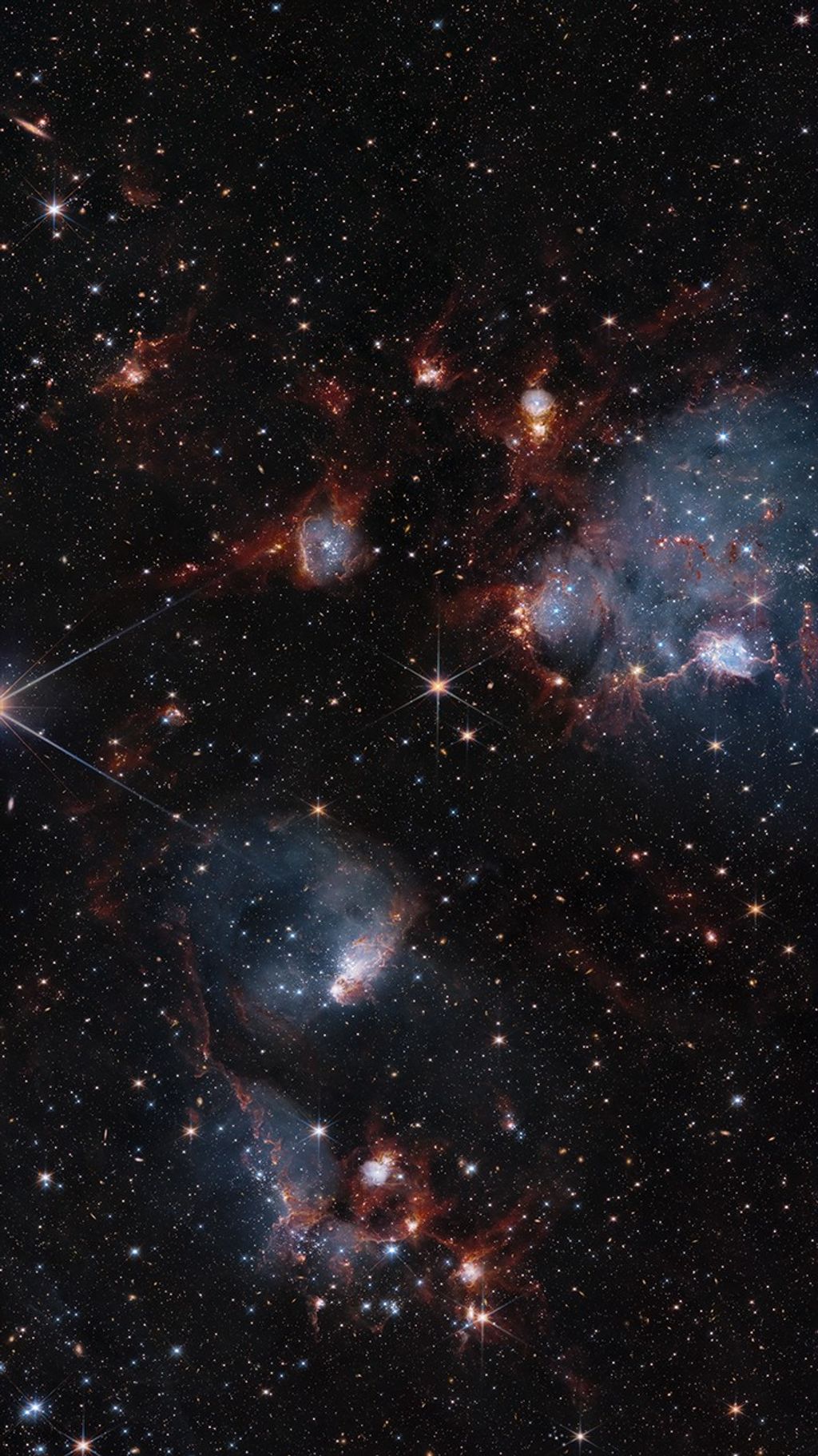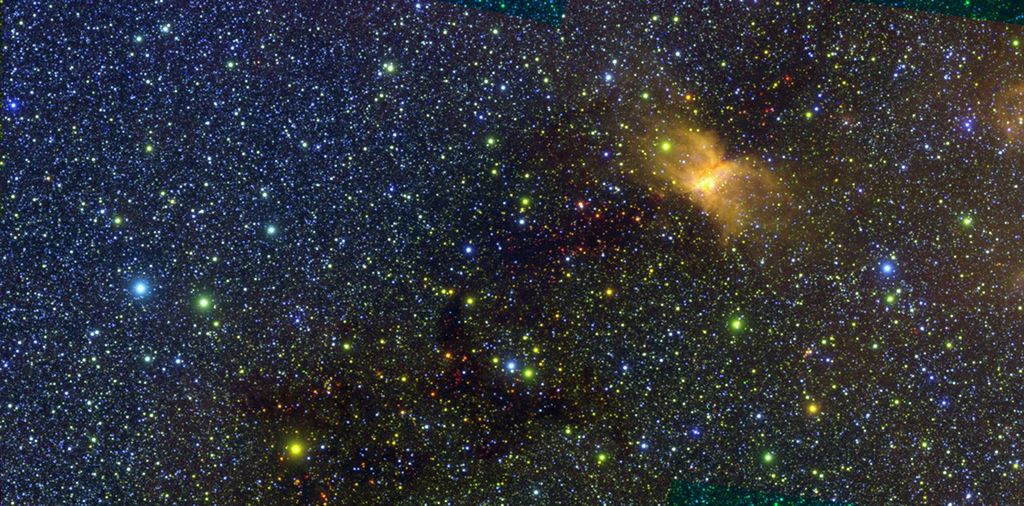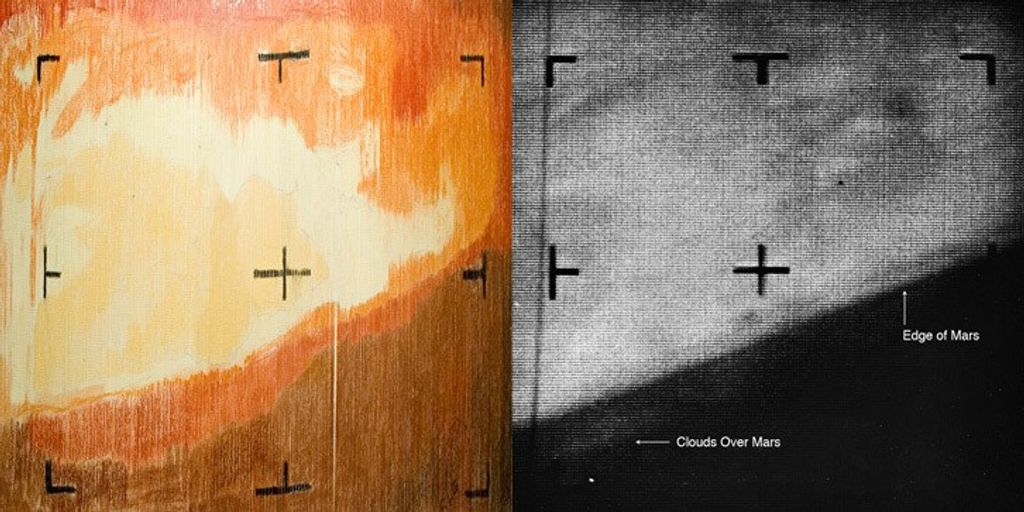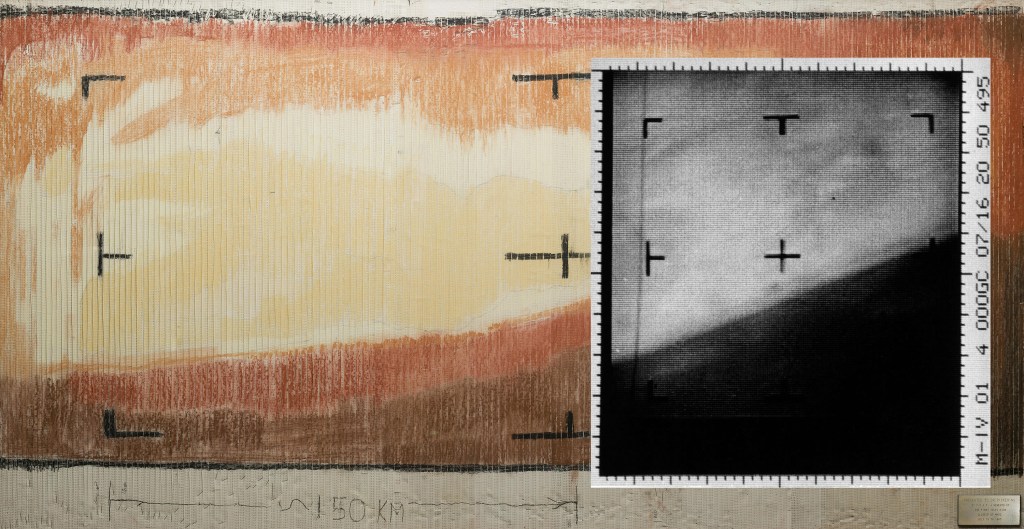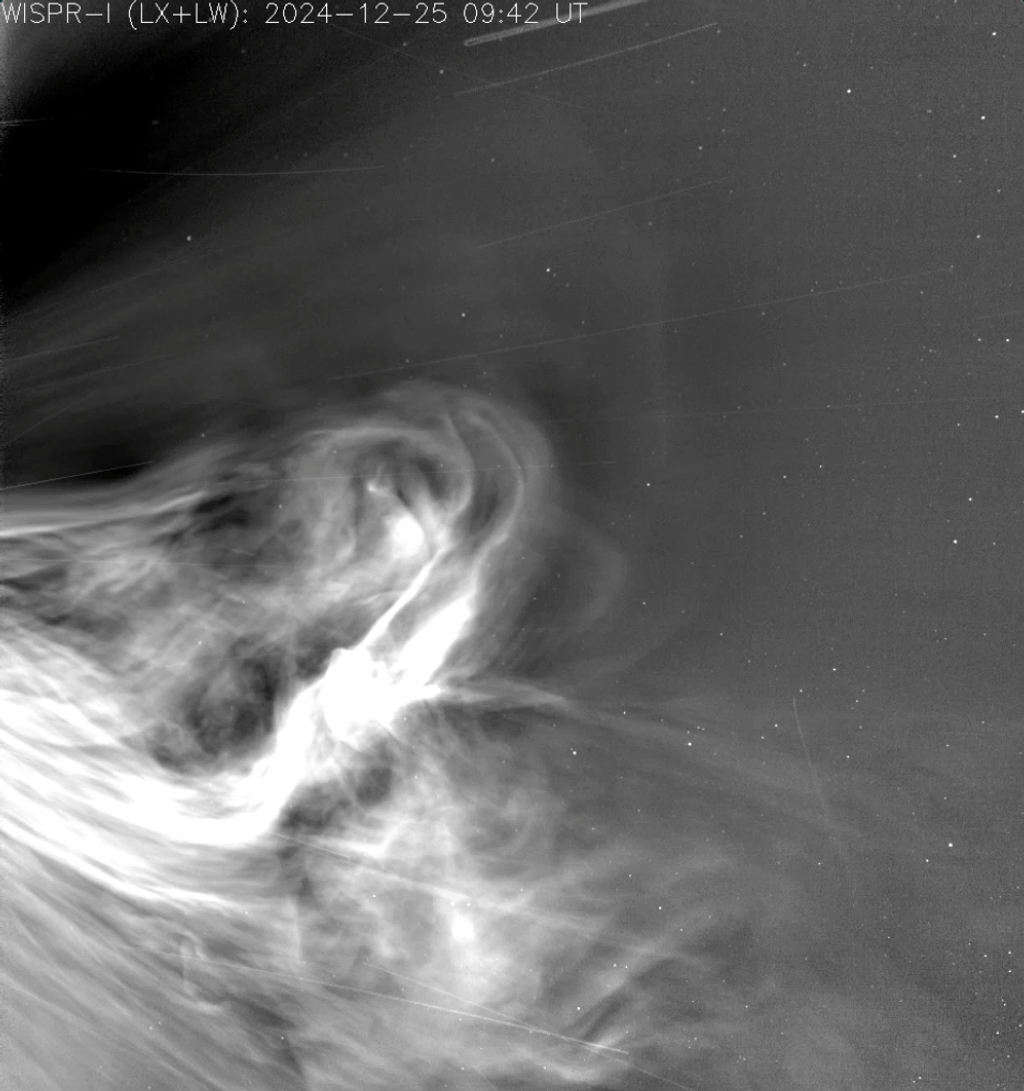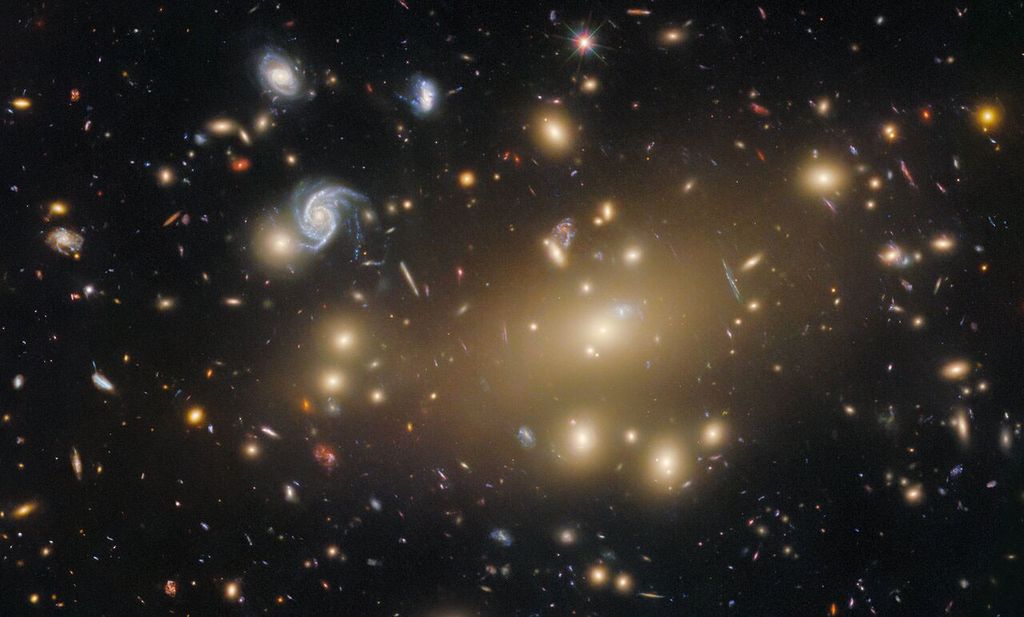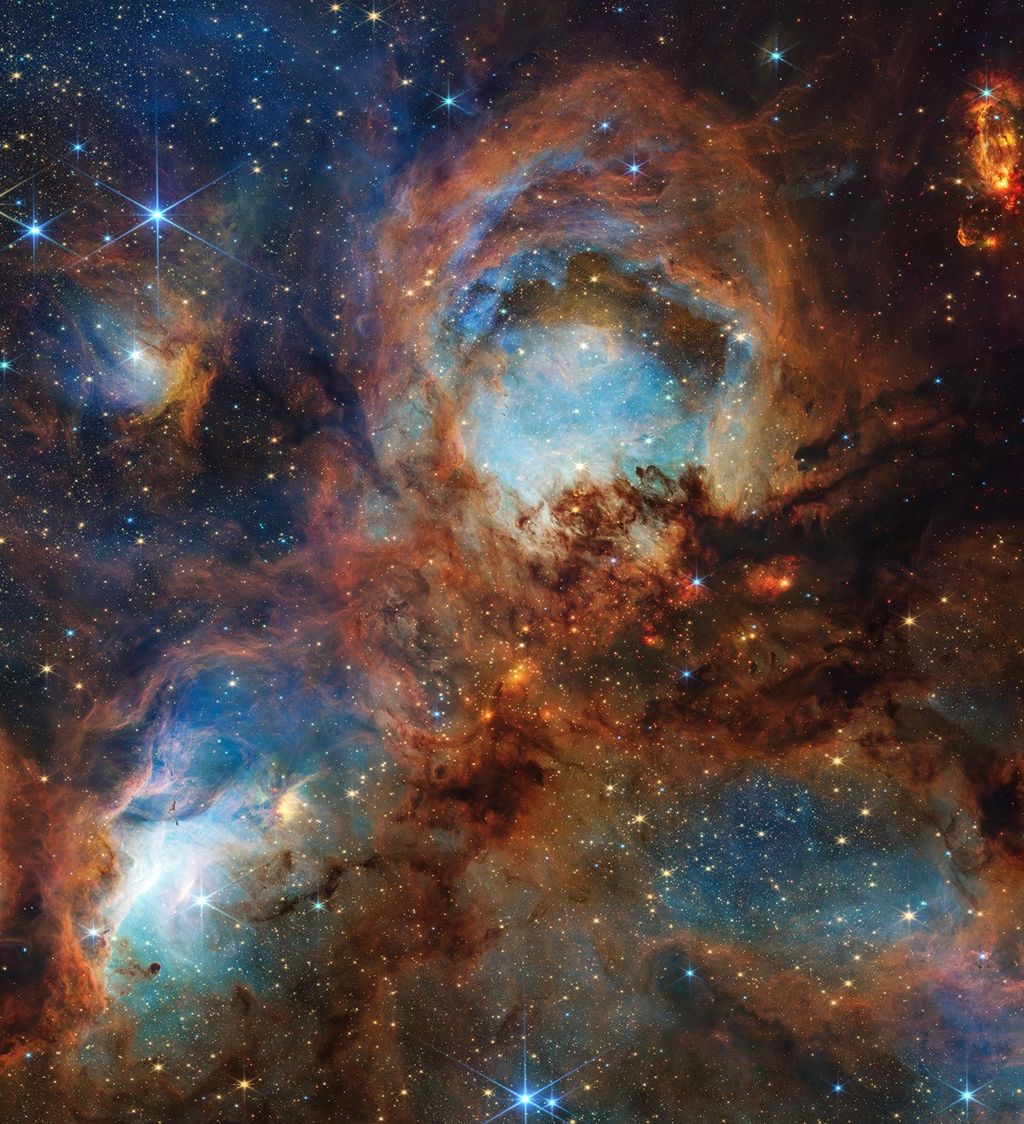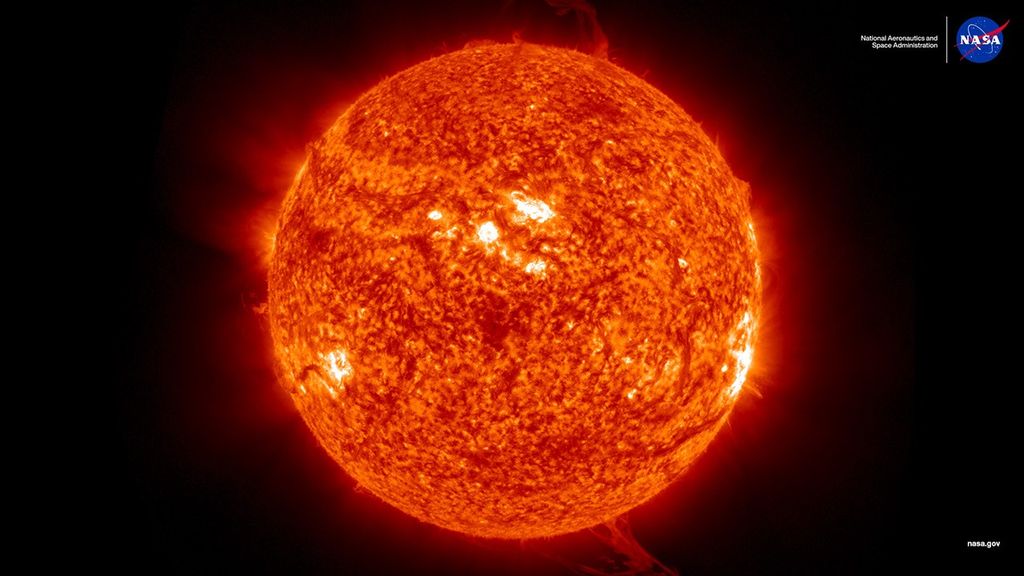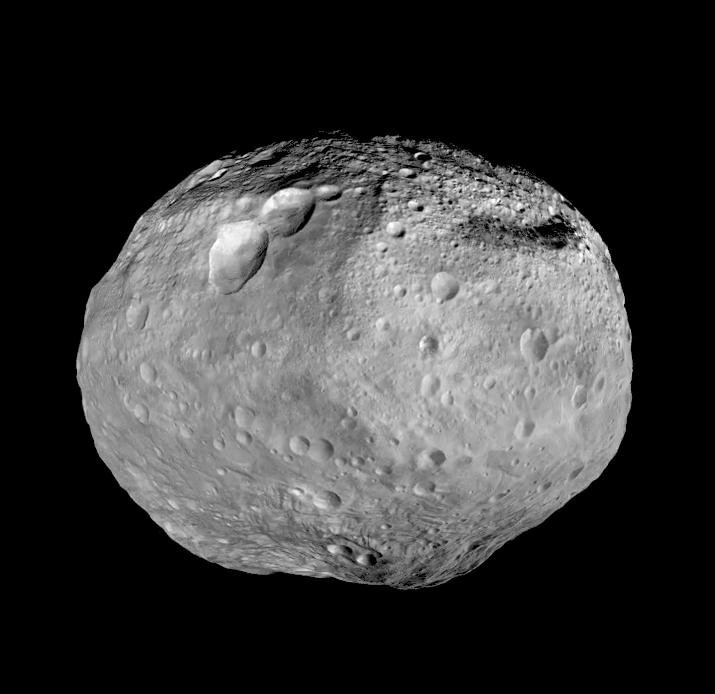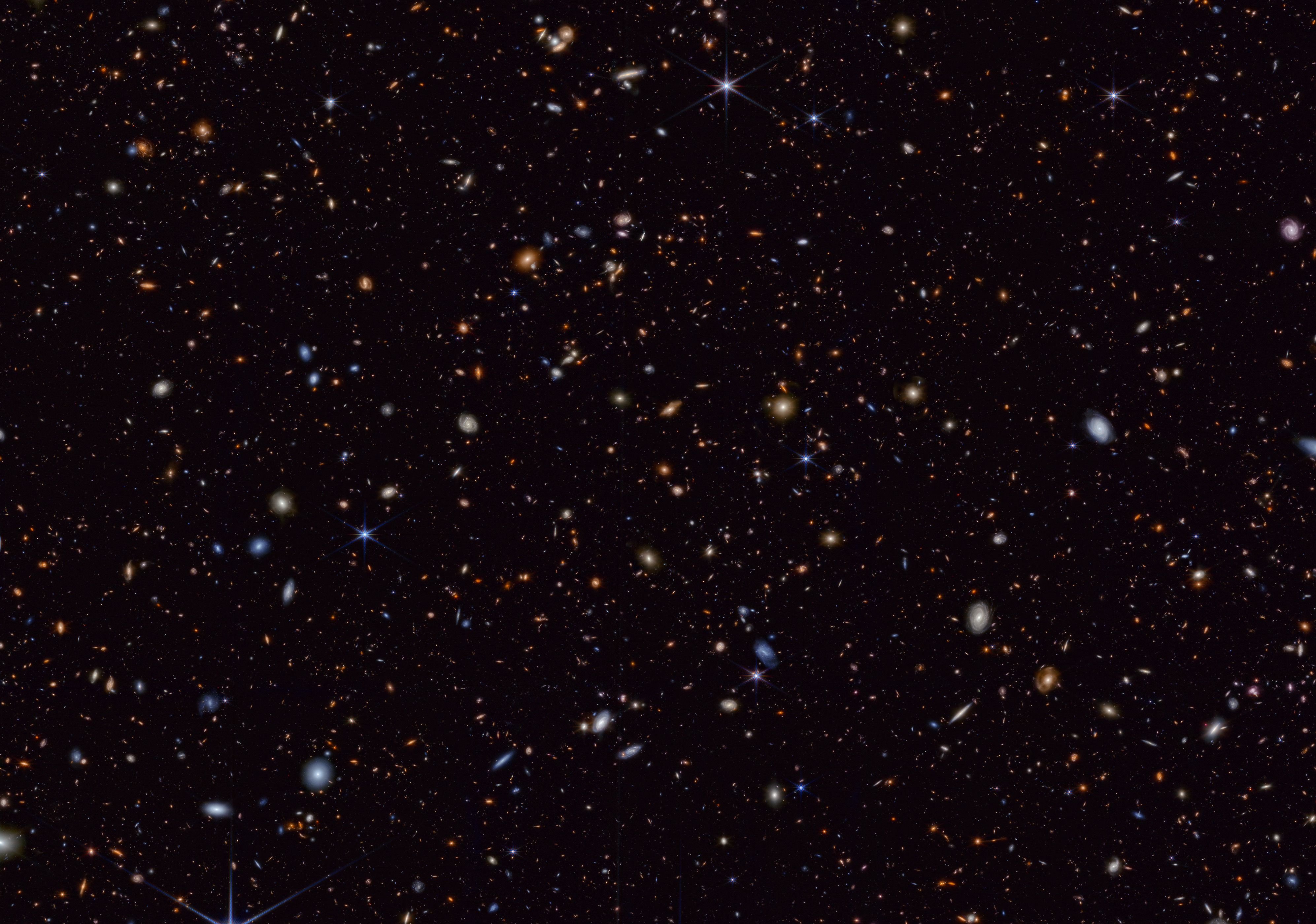May’s Sky Show: Top Planetary Events to Observe in May
May is a great month for stargazing with a host of celestial events happening in the morning and evening skies.
On May 17, a slim crescent moon will rise about an hour before the Sun. From much of the United States and Canada, you’ll be able to see Jupiter appearing very close to the Moon. In some southern U.S. states, Jupiter will pass behind the Moon as the pair rises in morning twilight. From western states, Jupiter will be behind the Moon, in occultation, as the duo rise. Jupiter will start to emerge from behind the Moon as the Sun comes up. To observe this event, you’ll need a clear view of the horizon, and a pair of binoculars will be essential as many locations in the U.S. will be in daylight during this occultation.

Following sunset from May 22 through 24, you’ll be able to witness a close grouping of the Moon, Venus, and Mars in the western sky. The Moon will sit between the two planets on the 23rd. Venus has been rising higher in the sky each evening for the past few months, but in May, it’ll reach its highest point in the western sky.
For those stargazing from the Southern Hemisphere, there are some key differences in the night sky compared to the Northern Hemisphere. For instance, there’s no counterpart to the North Star in the Southern Hemisphere, and the seasonal star patterns that a northern observer are familiar with appear flipped upside down when viewed in southern skies.
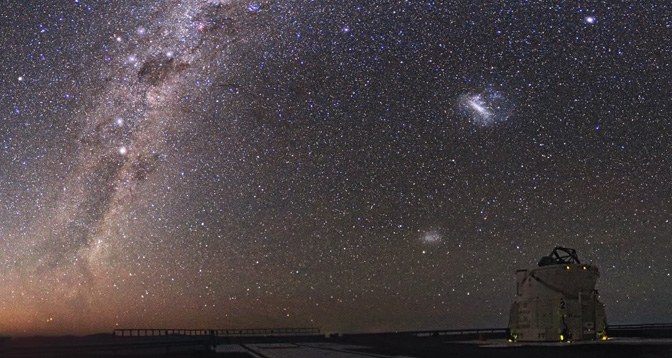
Two entire galaxies, the large and small Magellanic Clouds, can be easily observed in the southern sky with the unaided eye. These are dwarf galaxies that orbit our own Milky Way galaxy.
If you are interested in what else is in the sky for May, check out the latest “What’s Up” video from Jet Propulsion Laboratory:
Enjoy these stellar spectacles as you watch the skies!
By Eben Boothby

